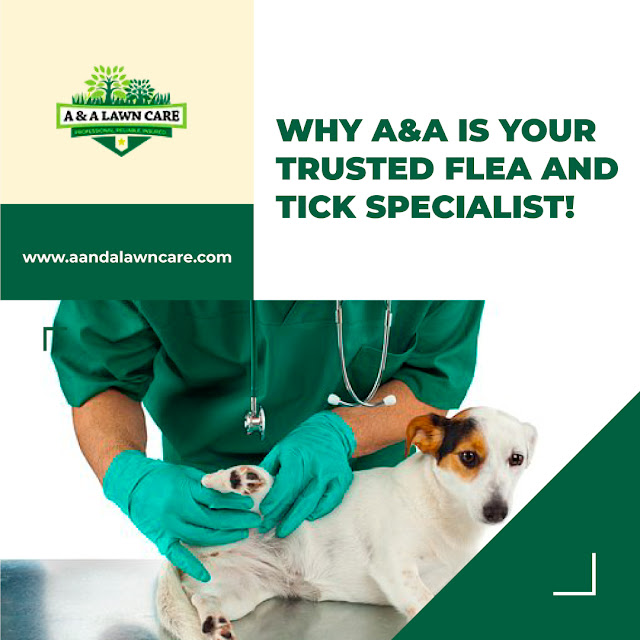How to Safely Treat Fleas and Ticks on Your Cats
A cat's warm and furry hair and nourishing blood supply are a flea's dream home. Protect your cat with a flea barrier to prevent these tiny pests from settling in. Here are a few different solutions to treat this problem:
1. Products to apply to your cat.
On the spot,
treatments are safer and more convenient, as well as more effective than
traditional specks of dust, shampoos, or sprays. You can purchase them from
your vet or online. Ask your doctor where your cat can apply the product, how
much to apply, and how often to use it. If you're not getting the treatment
from your doctor, first read the product label to ensure it's safe for pets.
Some common over-the-counter medicines and brands include Fipronil,
Imidacloprid, Selamectin, and Fluralaner.
2. Medicines for cats.
A flea collar with
flumethrin and imidacloprid (Seresto) may also work well. The pill nitenpyram
(Capstar) kills adult fleas on your pet in just 30 minutes. But, it doesn't
have any longer effects. Spinosad (Comfortis) is a quickly-acting chewable
medicine that starts killing fleas before they lay eggs. It provides a full
month of flea protection to help prevent future hatchings.
3. Remove Fleas from Your Home
A female flea can
give up to 50 eggs a day. Those can roll off your pets and onto your carpet,
couch, or comforter. If you give them a chance to hatch, you'll have a
full-blown flea infestation.
4. Vacuum every day.
A thorough cleaning
of your house can solve the problem for you. Clean all carpets, cushioned
furniture, cracks, and crevices on the floor to suck up any eggs before they
hatch. You can also get rid of live fleas with this. Remember to throw away the
vacuum bag or wash out its canister with warm and soapy water when you're
finished.
5. Wash every once a week.
Remove any bedding
and sofa covers and other fabrics your pet has touched and throw them straight
into the washing machine. Use hot water and soap, so no bugs survive after the
wash cycle.
6. Clear out decks.
Send all pets and
family members out of the house, then spray fleas on carpets and other
surfaces. Look out for sprays that work the best. If you're worried about house
chemicals, use natural citrus spray. Keep pets, and everyone else away until
all surfaces have dried.
7. Ensure pets get flea treatment.
Any untreated pet can
become a flea problem, and you'll never be able to control the flea situation.
Until all your pets are treated, fleas will win the game.
8. Call an expert.
If fleas are still
around, you should need an exterminator to solve the problem.
Even in big numbers, fleas are small and pretty easy to
kill. After thorough cleaning for a few weeks, fleas should stop bugging your
cat and you. Want to know more, contact us today!





Comments
Post a Comment